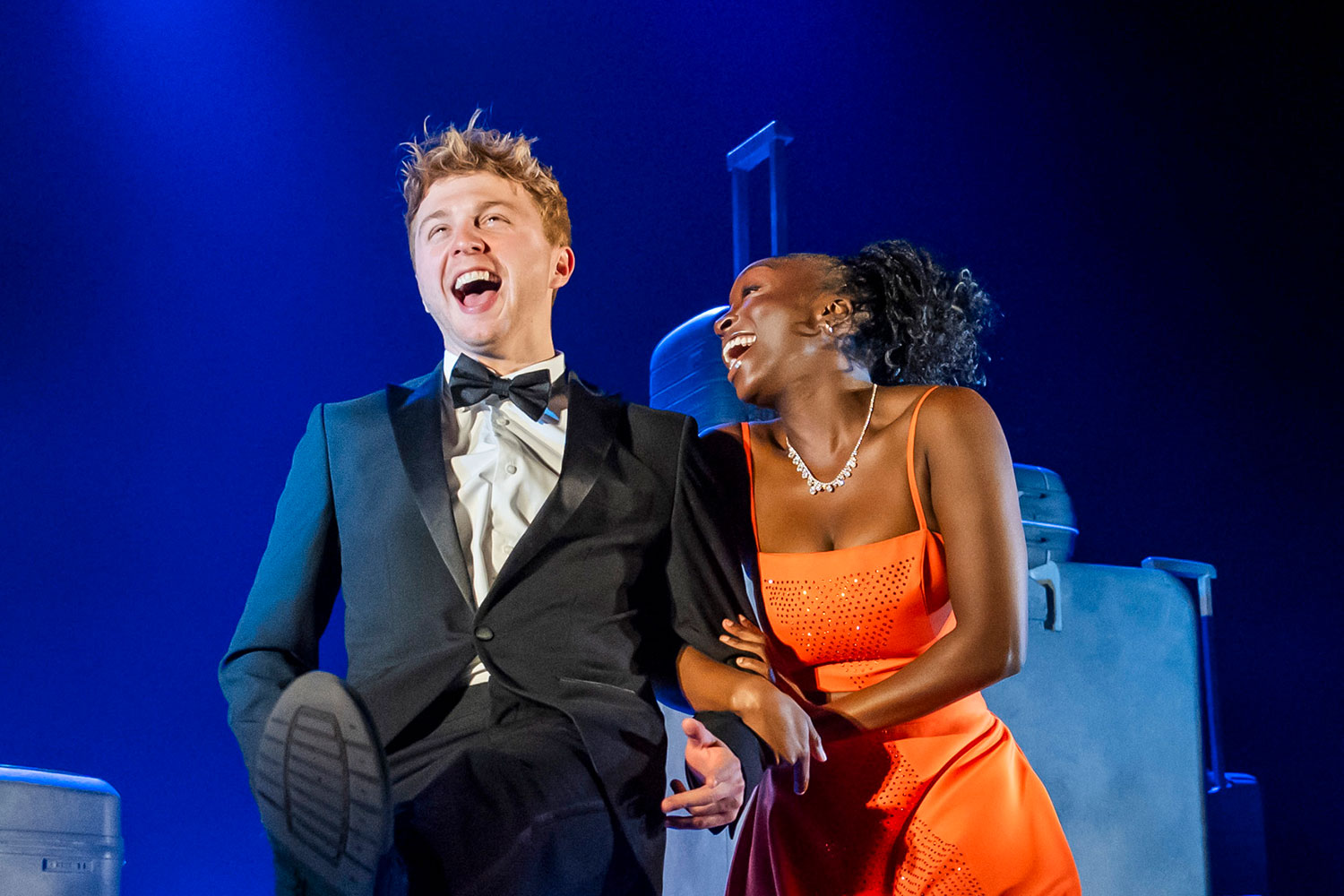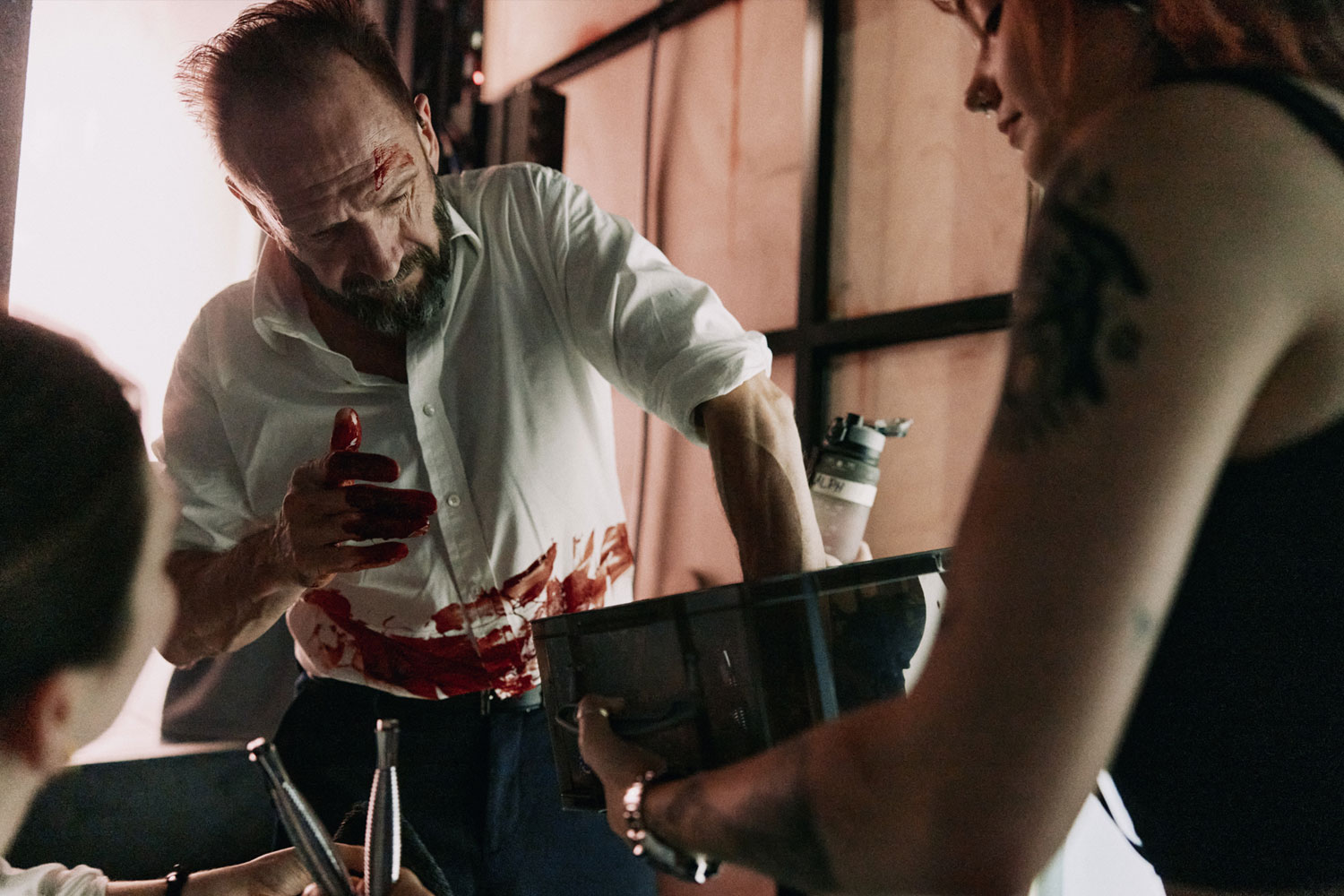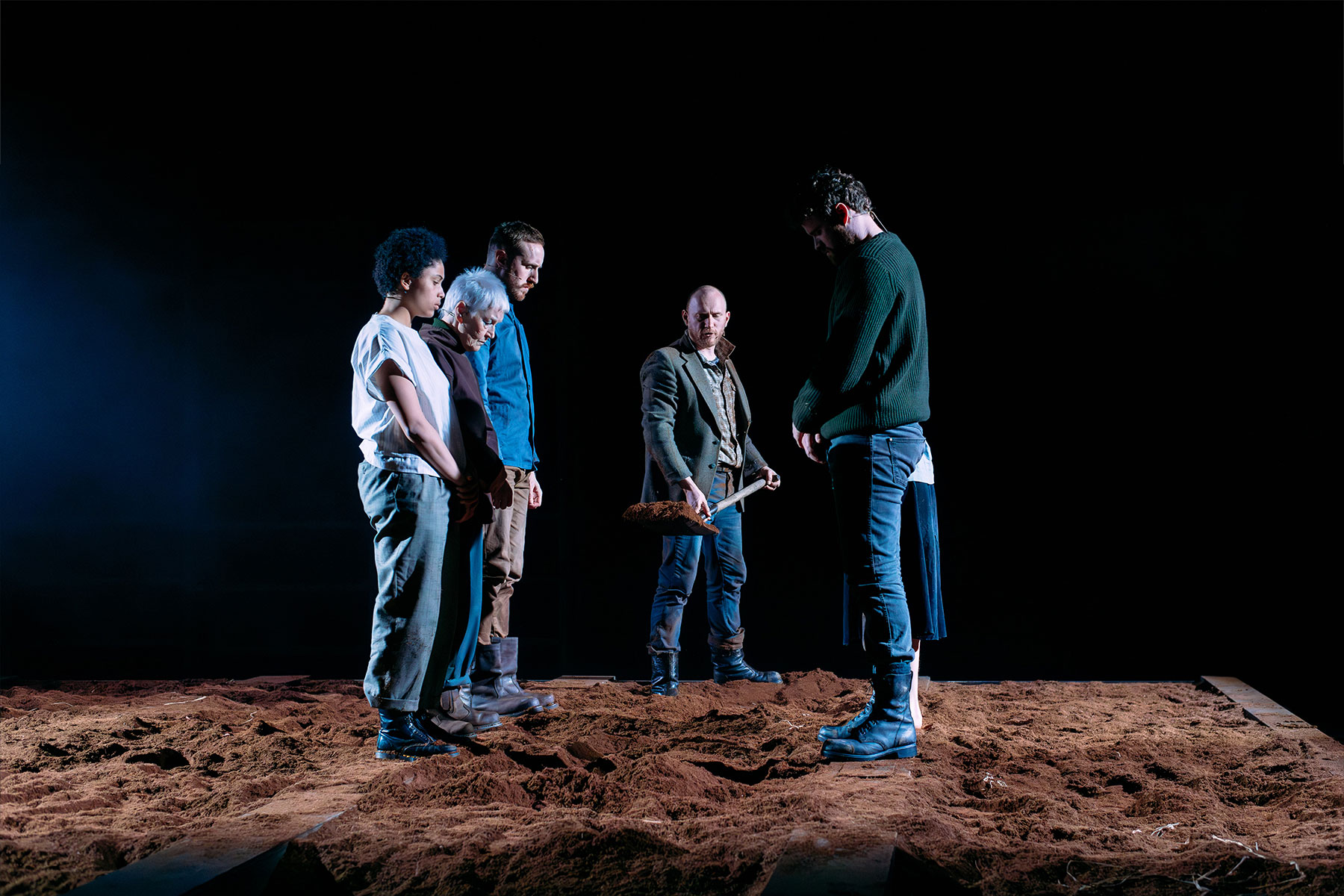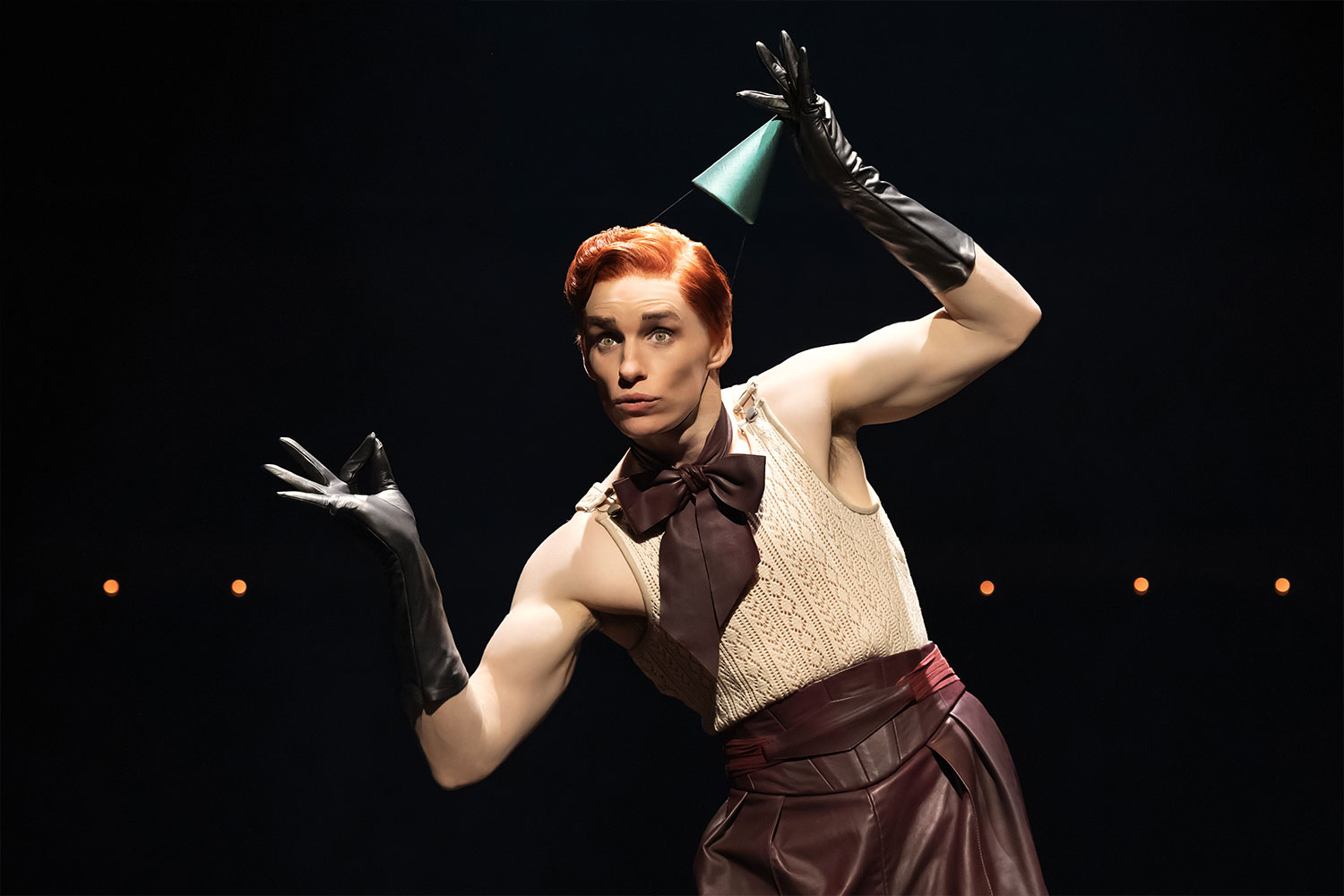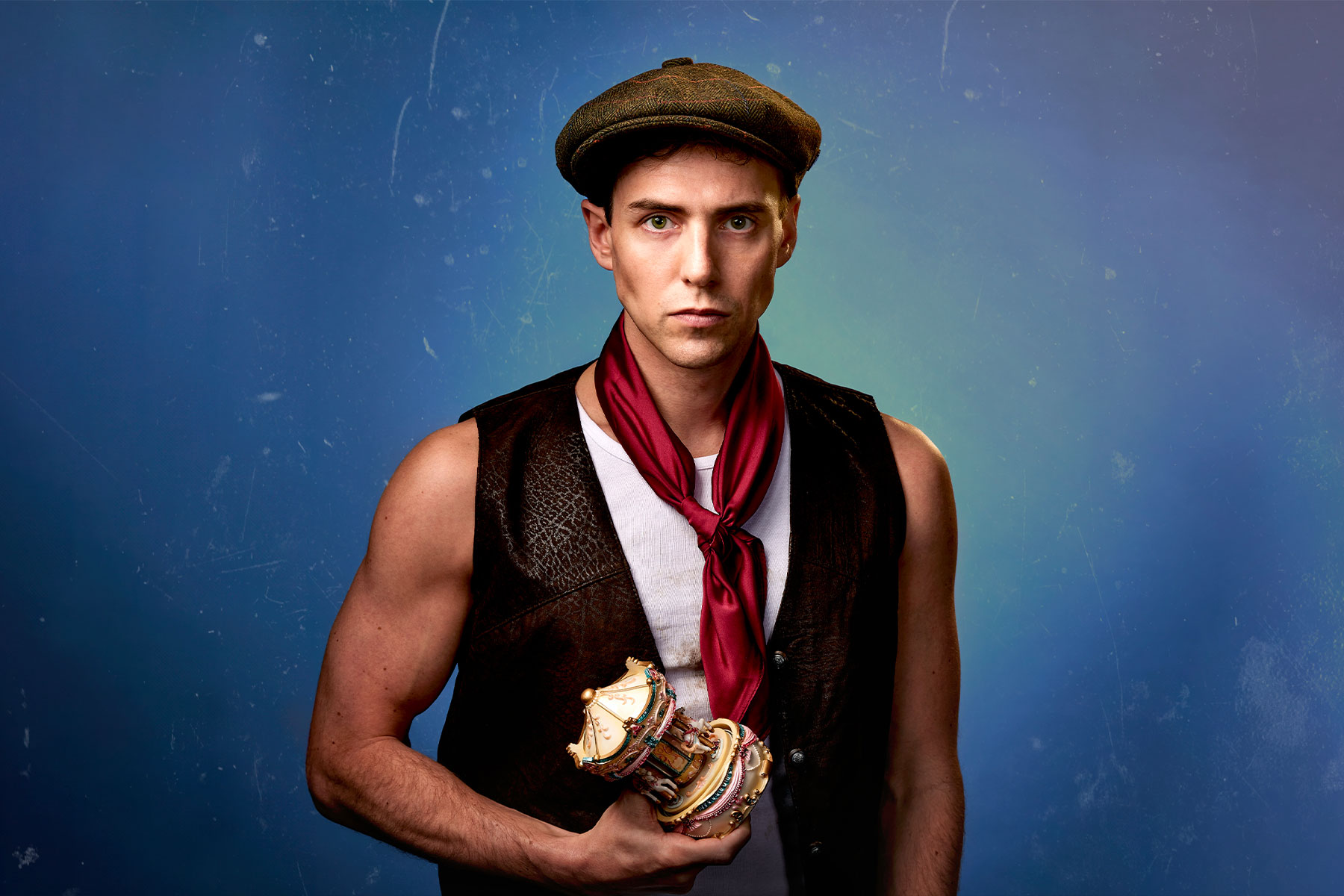Photos: Lloyd Webber unveils £4m restoration of Theatre Royal Drury Lane
The Royal Staircases, Grand Saloon and Rotunda, which houses The Three Graces, have been restored as part of the work, which is unveiled as the theatre marks its 350th anniversary.
Lloyd Webber said today: “The Theatre Royal, Drury Lane is one of the
most important theatres in Britain and I am proud to be the custodian of
it. It contains the only working paint frame in London and its
backstage area is of international historical significance.
“This is a
two-part restoration of the building and we have begun with the
reincarnation of the magnificent surviving Regency public areas. After
stripping away no less than nine layers of paint and some particularly
hideous red wallpaper, forensic research revealed the original colour
scheme; this has been used to transform the front of house areas to
their original Regency splendour.”

The Grand Saloon
There have been four theatre buildings on the Drury Lane site since 1653. The current building, designed by Benjamin Dean Wyatt, dates from 1812 and the royal staircases, Rotunda and Grand Saloon are examples of early 19th-century architecture.
Architectural historian Edward Bulmer, who is leading the restoration project, said: “The Theatre Royal, Drury Lane was the pre-eminent great theatre of its time and Lord Lloyd Webber was keen to re-create a sense of the neo-classical opulence of the period. Almost every part of the restoration has been informed by solid historical evidence.”

The Lower King’s Staircase
Regarding The Three Graces statue, Lloyd Webber said: “I bought The Three Graces for the Theatre Royal, Drury Lane, so that audiences can have the pleasure of seeing one of the world’s most alluring sculptures in such magnificent surroundings.”
The composer, who has owned 100% of the building through his Really Useful Group since 2005, added: “I do not personally take any income from the theatres – every penny of any profit they make goes back into maintaining and restoring the buildings.”
The other West End theatres owned by RUG are the Adelphi, Cambridge, Her Majesty’s, Palladium and the New London.

The Rotunda
As part of the restoration, all statues and pictures which were part of the original decorative scheme have been cleaned and restored. The central window in the Grand Saloon, which was bricked up for many years, has been uncovered and the south coffee room, which had “suffered the indignity” of being turned into a kitchen, is once again open to the public.
The venue is currently host to Sam Mendes‘ hotly-anticipated production of Roald Dahl’s Charlie and the Chocolate Factory, which recently rescheduled its first preview performance until next week (22 May 2013).

Some facts you may not know about the Theatre Royal, Drury Lane
reigning monarch since it opened in 1653
was where the public first heard both the National Anthem and “Rule Britannia”



